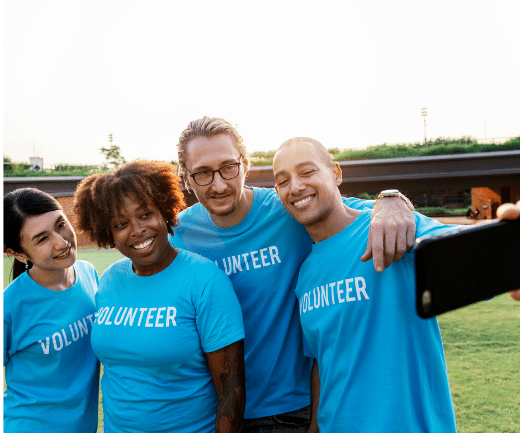
How do nonprofit organizations ensure a steady stream of supporters into the future?
How can young people be empowered to see philanthropy as an integrated part of their lives? These and other questions galvanized organizations in the 1980’s and 1990’s to start focusing on young people and figure out how to inspire the next generation of philanthropists. In its Annual Report on Philanthropy for 2017, Giving USA explored the results of these efforts.
The answer to how to reach youth seems to lie in education. Since the 80’s and 90’s, there has been a proliferation of initiatives to teach young people about community issues and how they can direct their funds to help address these issues. Most of these initiatives have come from foundations, schools and local government.
K-12 Education
There are a number of programs aimed at more formally educating youth about civil society. In 1997, the Council of Michigan Foundations led a coalition to form Learning to Give, which provides professional development, curricula and materials to K-12 teachers so they can facilitate philanthropic behavior and experiences among their students.
Power of Youth
In 2016, the Foundation Center launched a website, YouthGiving.org, to research youth giving and provide best practices to youth philanthropic programs. Its December 2017 study, YouthGiving.org reported 855 known programs in 34 countries aimed at assisting youth to develop their philanthropic awareness and activity. These youth-driven philanthropic programs have issued grants totaling more than $19 million since 2001, funding mostly community-based programs (48%) and human services (40%).
College-Level Programs
U.S. colleges and universities have also played a part in helping youth develop their philanthropic muscles, creating programs that involve experiential philanthropy. These service learning programs combine academic study with hands-on experience. They both introduce students to the practice of philanthropy and encourage lifelong giving.
In a 2017 study of 973 students who completed the Mayerson Student Philanthropy Project at Northern Kentucky University (one of the oldest such programs), researchers found that students, in general, reported a positive effect on both their academic learning and personal development. They also found that certain types of students were less likely to report gaining value from the program, namely those in the natural sciences, engineering and general studies, as well as underclassmen, males and white students.
How Do You Connect with Youth?
How does your organization reach out to youth? Do you have any programs that encourage young people to see themselves as philanthropists? What have you found to be effective? Have you tried things that didn’t work? What did you learn? Share your thoughts in the comments below. We’d love to hear your insights.
